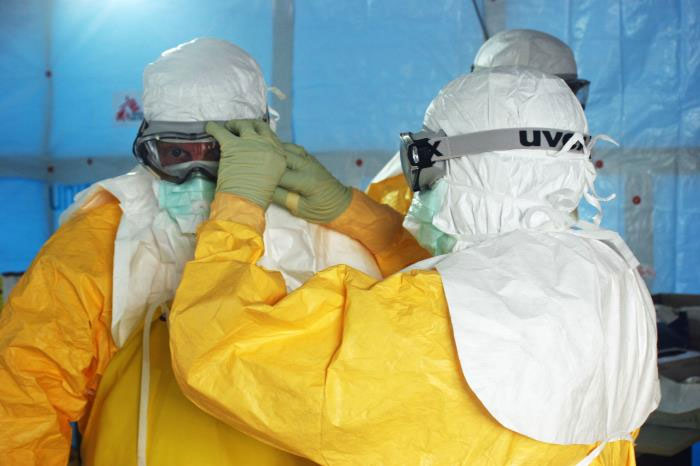Liberia Is Ebola Free (Again)

For the second time this year, Liberia has stamped out Ebola transmission and been declared free of the disease, health officials say.
Today (Sept. 3) marks 42 days since the last person to have Ebola in Liberia was cured and released from the hospital, according to a new report from the Centers for Disease Control and Prevention (CDC). Health officials typically wait 42 days to declare a country Ebola-free, because this is twice as long as the 21-day incubation period of the virus (the time it takes for a person infected with the virus to show symptoms).
Liberia was previously declared Ebola-free on May 9, but the disease returned on June 29, when health officials found that a 17-year old boy in the country had died from the illness.
That case set off a rapid response; health officials identified and tracked 143 people who came into contact with the boy who had Ebola. Of those, seven people developed Ebola, and one died from the disease. The last person in Liberia to have Ebola was released from the hospital on July 23, the report said.
"The rapid identification and control of this most recent Ebola cluster highlight the important achievements [the Liberia Ministry of Health] has made in enhancing its public health response capacity," the researchers wrote in an article published today (Sept. 3) in the CDC journal Morbidity and Mortality Weekly Report. [10 Deadly Diseases That Hopped Across Species]
Several strategies helped to control this Ebola cluster, including improving the ability of laboratories to conduct Ebola tests, so that cases could be confirmed rapidly, the researchers said.
However, the cluster "underscores the need for continued vigilance" in Liberia, the researchers said.
Sign up for the Live Science daily newsletter now
Get the world’s most fascinating discoveries delivered straight to your inbox.
Overall, more than 5,000 people in Liberia were sickened with Ebola over the last year and a half, and more than 4,800 died from the viral disease.
And although Liberia is Ebola-free, neighboring Guinea and Sierra Leone continue to report a few cases. In August, there were 10 new Ebola cases in Guinea and four in Sierra Leone, the CDC said. That's much lower than the number of new cases reported during the month of the outbreak’s peak, November 2014, when there were 526 Ebola cases in Guinea and 1,997 in Sierra Leone.
"Ebola transmission in Guinea and Sierra Leone has slowed, and the number of patients has fallen to record-low levels, suggesting that containment is achievable," the researchers said.
However, some factors are making it difficult for health officials to completely end the Ebola outbreak in these countries. For example, some people neglect to report to officials that they've had exposure to an Ebola patient, leading to a delay in when they're diagnosed with Ebola. People who contract Ebola, but aren't tracked, can visit multiple hospitals and use public transportation before they are diagnosed with the disease, which contributes to disease transmission, the researchers said. Some people deliberately hide from health officials and travel outside their communities, the researchers said.
"Challenges remain to ending transmission of Ebola in West Africa," the researchers said. "Ongoing, enhanced surveillance and rapid-response capability are needed, both to recognize ongoing transmission or re-introduction from persistent reservoirs, and to respond to resurgent disease in the future."
Since the start of the Ebola outbreak, around January 2014, there have been more than 13,600 cases of Ebola in Sierra Leone and 3,792 cases in Guinea.
Follow Rachael Rettner @RachaelRettner. Follow Live Science @livescience, Facebook & Google+. Original article on Live Science.

Rachael is a Live Science contributor, and was a former channel editor and senior writer for Live Science between 2010 and 2022. She has a master's degree in journalism from New York University's Science, Health and Environmental Reporting Program. She also holds a B.S. in molecular biology and an M.S. in biology from the University of California, San Diego. Her work has appeared in Scienceline, The Washington Post and Scientific American.









